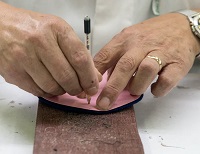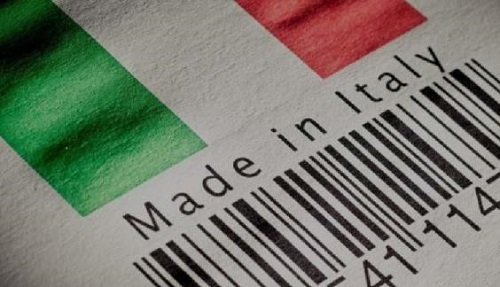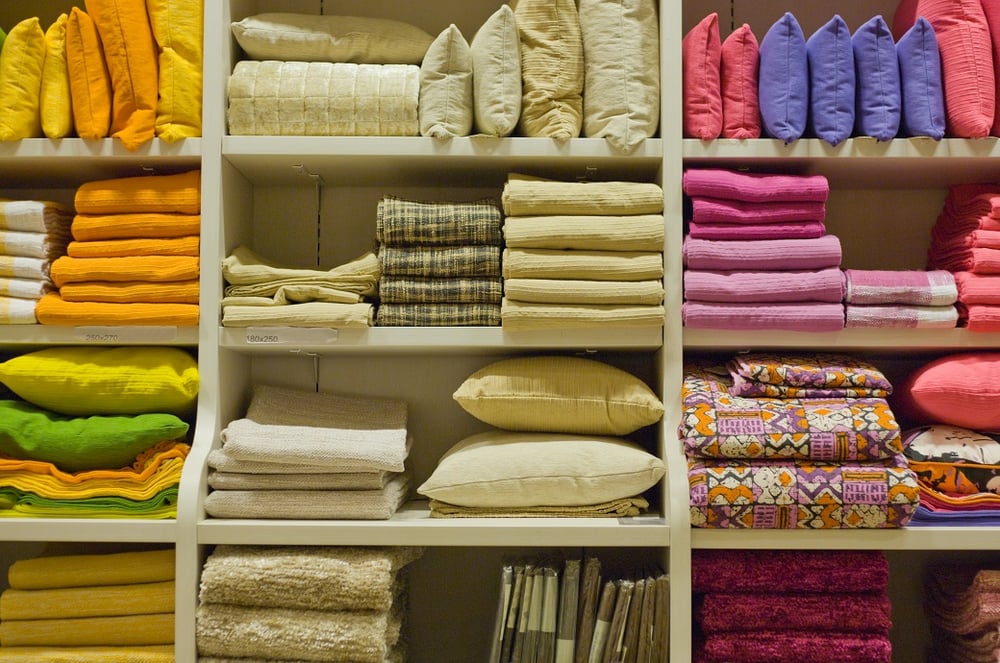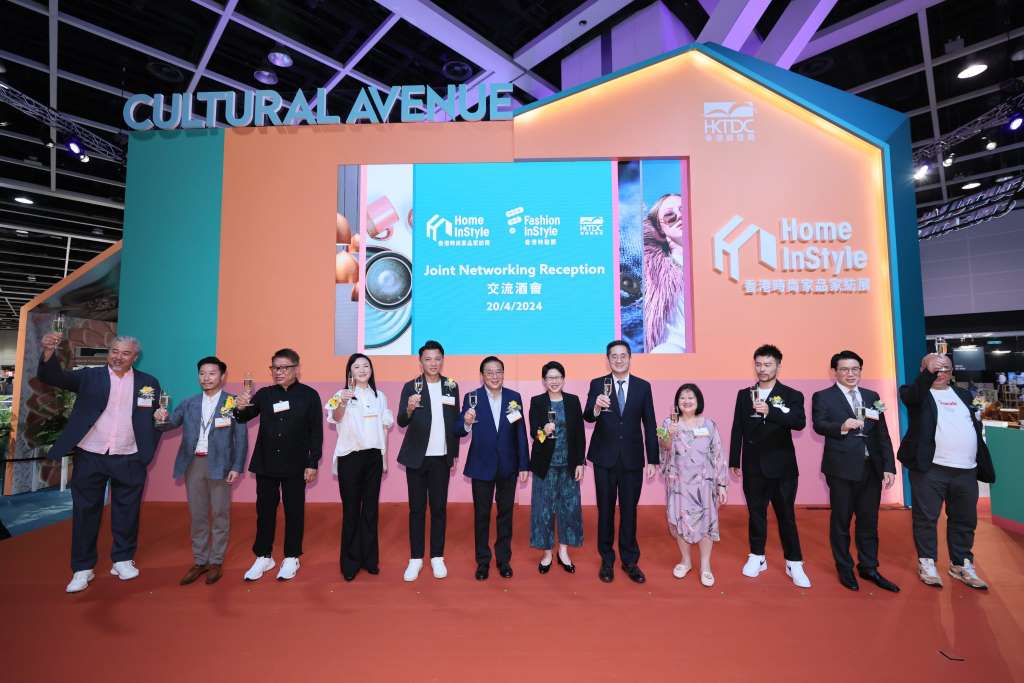 Like many other businesses, luxury fashion industry in Italy also came to a halt as factories across the country shut down due to lockdown from mid-March. Now, many of these factories have restarted with limited capacity in order to comply with social distancing guidelines of the government.
Like many other businesses, luxury fashion industry in Italy also came to a halt as factories across the country shut down due to lockdown from mid-March. Now, many of these factories have restarted with limited capacity in order to comply with social distancing guidelines of the government.
According to McKinsey, Italy holds over 40 per cent share of world’s luxury goods production which makes the ‘Made in Italy’ label, the centre of the luxury supply chain. However, this production system relies on a complex and fragile network of independent businesses which makes it extremely vulnerable to calamities like the present Coronavirus pandemic.
Also, these factories lack the deep pockets of the luxury brands they work with. They are also not in a position to invest in new technologies or experiment with e-commerce. Hence, some of them may either be shut down permanently or be consolidated and acquired by investors or larger luxury brands like LVMH and Kering.
Tapping available resources
In order to survive, these independent factories are tapping all available resources. Yet, the upcoming season might be tough for them, opines Stefano Canali, President and Chief Executive of family-owned menswear brand Canali. Committed to paying his factories and suppliers, Canali introduced some cost-saving measures like digital tools to create virtual showrooms and accelerate sample and prototype productions for future seasons.
Chief Executive of family-owned menswear brand Canali. Committed to paying his factories and suppliers, Canali introduced some cost-saving measures like digital tools to create virtual showrooms and accelerate sample and prototype productions for future seasons.
Likewise, Boston-based direct-to-consumer footwear brand M Gemi cut-down production time and costs by using 3D technology and graphic design to render prototypes and adjust samples. However, many industry leaders like Marco Zanini, Milan-based independent designer and former creative director of Schiaparelli, believe the use of advanced technologies may render many smaller factories obsolete. More than old technologies, the hectic pace of fashion calendar is a bigger threat to the Italian fashion industry.
A renaissance of fashion
Many also believe that despite these challenges, the fashion industry in Italy may be witness a growing demand for different kind of fashion in future. As brands may focus on sustainable and ethically sourced materials and products in smaller quantities, these small and independent factories may grow in demand.
As consumers become more considerate with their luxury purchases, these manufacturers will be in an advantageous position marking their return to the luxury trend that followed the 2008 recession. As a recent McKinsey & Co survey of sourcing executives affirms, 60 per cent respondents expect their manufacturing clusters to expand in Central America and Eastern Europe to be closer to consumers in Western Europe and the US. Thus it will be a renaissance for these factories as orders will start pouring in and machines start. It will be a renaissance of sorts for these factories as orders will start pouring in again and Italy’s supply chain will stay intact in coming months.












